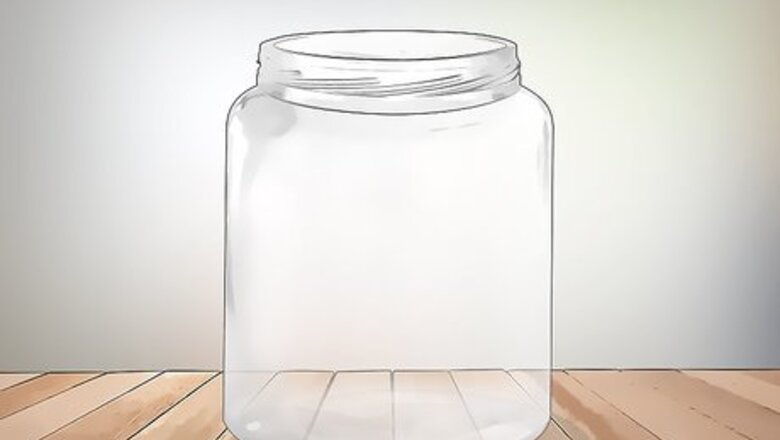
views
Housing the Fly
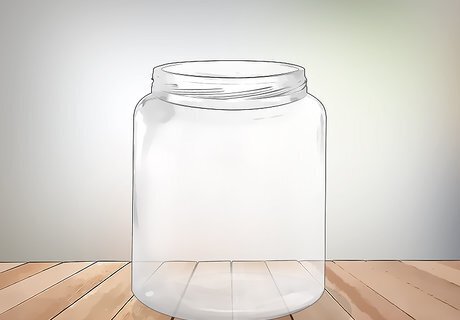
Prepare a jar or container for your fly. You can use a basic jar, a food storage container, or even a small cardboard box to house your fly. However, a clear container is probably better so you can see your fly! Whatever container you choose, you will need to drill or poke small holes in the top. They should be just large enough to allow air in but not so large they let the fly out. Make sure the container is dry. Alternatively, cut a larger hole for air and then cover it with tissue paper, taped down around the edges, which will still allow air to pass through without letting the fly out.
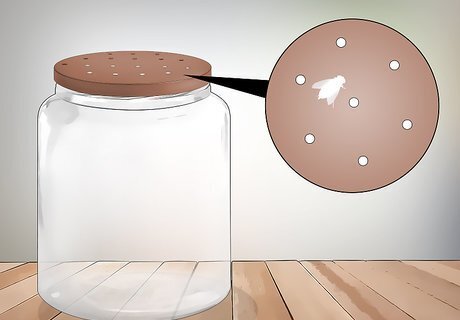
Make a hole in the container large enough to fit a small syringe or straw. You will need to feed your fly through this hole so it doesn't get out. Draw around the straw or syringe, then make the hole big enough for it to go through. Tape over the hole when you're done. Alternatively, plug it up with a small eraser or even silly putty.

Add 2 bottle caps to the bottom for food and water. You can use soda caps, milk bottle caps, or even small pickle jar lids. You just need something to hold the food and water that you put in the container for your container, and lids are a good size.
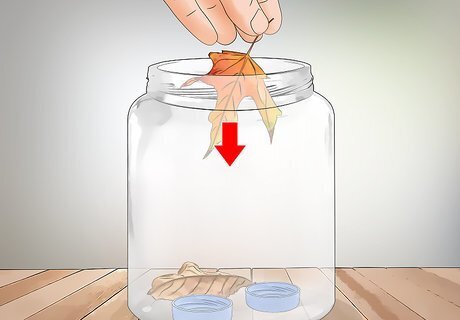
Add in a few dried leaves or twigs to give your fly a resting place. Flies like to rest at night. Generally, they'll rest on grass leaves, wires, twigs, and whatever else they can find. Lean a few dry grass leaves across the inside of your jar or add a few twigs instead.
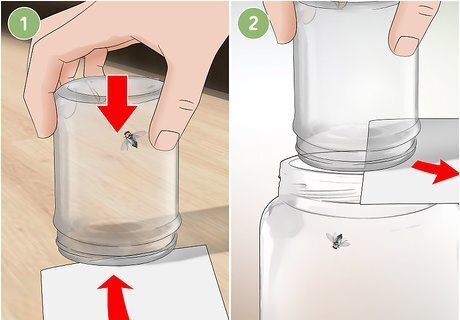
Trap a fly from your house. Wait for a fly to land on the counter or a flat surface and then use an upside-down cup to trap it. You have to be quick to catch one! Slide a piece of paper underneath the cup and lift it up with the cup to carry it to your container. Set the cup over the container with just enough of the container opened to match the cup's mouth and then pull the paper out. The fly should drop into the container. Quickly place the lid on to capture the fly.
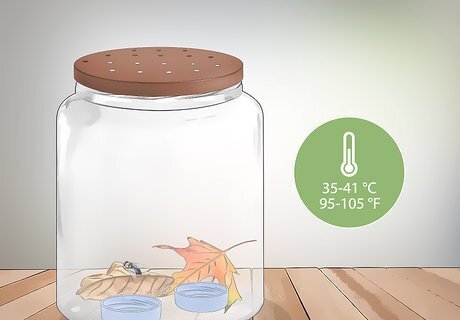
Place the container in a warm area. Flies prefer temperatures of 95 to 105 °F (35 to 41 °C), particularly at night, when they're resting. Choose an area that's warm but not too hot. You could even provide a heating pad or dark heat lamp to help keep your fly warm. However, while flies prefer warmer temperatures, they'll do just fine in temperatures down to about 68 °F (20 °C). At 59 °F (15 °C), they'll stop most activity.
Caring for Your Fly
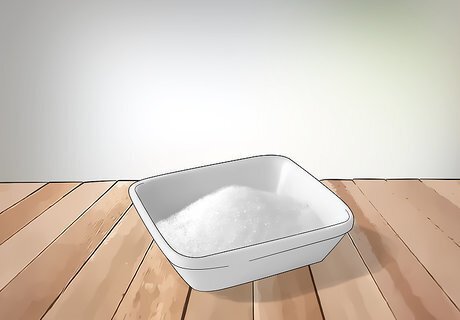
Feed your fly foods high in sugar. Flies will eat almost anything, but they especially love sugar, and liquids are preferable, though they can make foods liquid to drink. You can try bits of fruit (except citrus), syrup, and even straight sugar. Your fly won't eat much, and it won't even be a problem if the food starts to go bad, as flies enjoy rotting food. You won't need to feed your fly much more than a pea-sized amount of food each day, but you should make sure it has food in its container at all times, as it will want to eat 2-3 times a day.
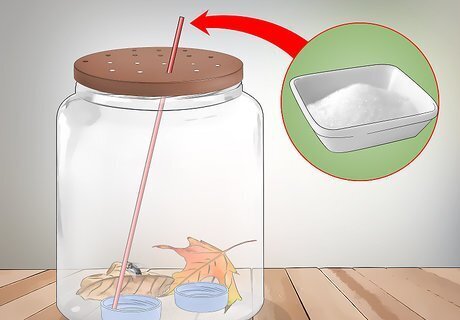
Add the food to the container using a small syringe or straw. You can use a small syringe to drip the food into a bottle cap at the bottom. Uncover the hole you made for the syringe, and stick it in, holding it over the bottle cap. Release the food into the bottle cap then take out the syringe and cover the hole back up. If you don't have a syringe, use a straw to move food into the cap instead.
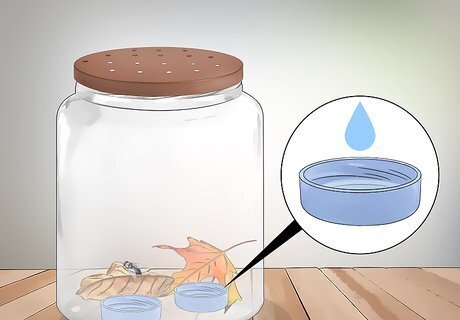
Provide water every day. Use a small, shallow dish to provide water, such as a bottle cap. Keep it filled with fresh water all the time, as flies will not survive without water. Only add a thin layer of water to the bottle cap, as flies can drown in deeper water. Use a syringe or a clean straw to place the water in the bottle cap.

Let the fly rest at night. Flies like to rest at night, just like humans. In homes, they'll typically go up to the ceiling beams to rest, while outside, they may find wires or grass to rest on. Don't disturb your fly at night so it can get the rest it needs. Your fly may rest on the bottom of the container's ceiling, for instance, or even just on the bottom of the container.
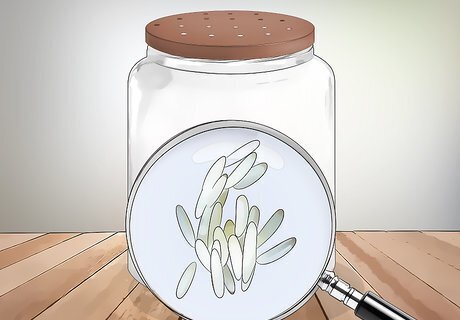
Look for eggs if you're housing more than 1 fly. Female flies can lay eggs up to 5 times in their lifetimes so you may capture a pregnant female or end up with one if you are housing multiple flies. Check for clusters of white dots, which are the eggs. A female can lay up to 100 eggs at a time, so be ready. If you see eggs, you may want to take them outside. Otherwise, you could have hundreds of flies on your hands.
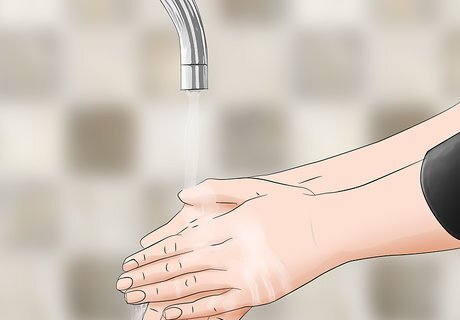
Wash your hands after handling the container. Flies can carry diseases, so make sure to scrub your hands thoroughly with soap and warm water when you're done handling the container. Scrub for 20 seconds at least before rinsing.
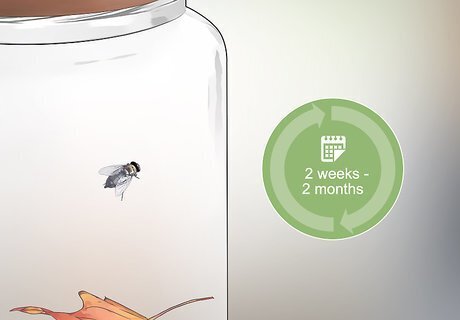
Do not expect your fly to live longer than 2 months. Your fly may only last 2 weeks, but it can live longer. However, a fly's lifespan isn't very long, so be prepared for it to take its leave, maybe sooner than you'd like. However, you don't have to keep your fly the whole time. You can release it whenever you want, and it will do just fine on its own!


















Comments
0 comment